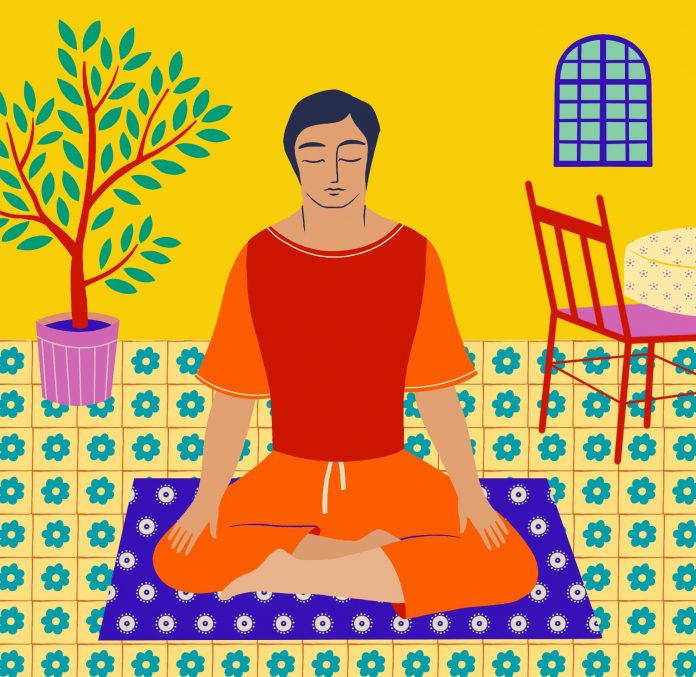Table of Contents
What is Shamatha and Mindfulness Meditation?
Shamatha is a term in the Buddhist tradition that refers to calming the mind and achieving a state of mental stability and clarity. Mindfulness meditation is a practice in which one focuses on the present moment with a sense of non-judgmental awareness. When combined, shamatha and mindfulness meditation can be a powerful tool for cultivating inner peace and well-being.
The History and Tradition of Shamatha Meditation
Shamatha meditation has a long and rich history that dates back to the origins of Buddhism in ancient India. It has been practiced by monastics and laypeople alike as a means of developing concentration, clarity, and inner peace. In the Tibetan tradition, shamatha is often combined with vipassana (insight) meditation as part of a holistic practice known as shamatha-vipassana.
How to Practice Shamatha-based Mindfulness Meditation
There are many techniques one can use to cultivate shamatha in meditation. Some common techniques include focusing on the breath, using a mantra, and visualizing a peaceful image. It is important to find a technique that works best for you and to be patient with yourself as you develop your practice.
Mindfulness is an essential aspect of shamatha meditation. It involves paying attention to one’s thoughts and experiences in the present moment with an attitude of non-judgmental acceptance. As you practice shamatha, try to bring a sense of curiosity and openness to your experience, rather than getting caught up in judgments or evaluations.
Tips for Establishing and Maintaining a Regular Meditation Practice
Developing a regular meditation practice can be challenging, especially for beginners. Here are a few tips to help you get started:
- Find a quiet, comfortable place to meditate. It can be helpful to create a dedicated space for meditation in your home or office.
- Start with short sessions. It’s better to meditate for a few minutes each day than to try to sit for an hour and become frustrated. As you become more comfortable with the practice, you can gradually increase the length of your sessions.
- Be consistent. Try to meditate at the same time each day to establish a regular routine.
- Don’t worry about perfection. It’s natural for the mind to wander during meditation. When this happens, gently redirect your attention back to your breath or mantra without judgment.
The Physical and Mental Health Benefits of Shamatha Meditation
Numerous studies have shown that shamatha meditation can have a variety of physical and mental health benefits. Some of the benefits include:
- Reduced stress and anxiety
- Improved concentration and memory
- Enhanced emotional well-being
- Increased feelings of calm and relaxation
The Role of Shamatha in Personal Development and Self-Improvement
In addition to the physical and mental health benefits, shamatha meditation can also be a powerful tool for personal growth and self-improvement. By cultivating a sense of inner peace and clarity, one can gain a deeper understanding of oneself and develop a greater capacity for compassion and understanding towards others.
What do we think?
Shamatha-based mindfulness meditation is a powerful practice that can help cultivate inner peace, improve physical and mental well-being, and support personal growth and self-improvement. While it may be challenging at first, with patience and persistence, a regular meditation practice can become an integral part of your life. Remember to be kind to yourself as you develop your practice, and try different techniques until you find what works best for you.
































